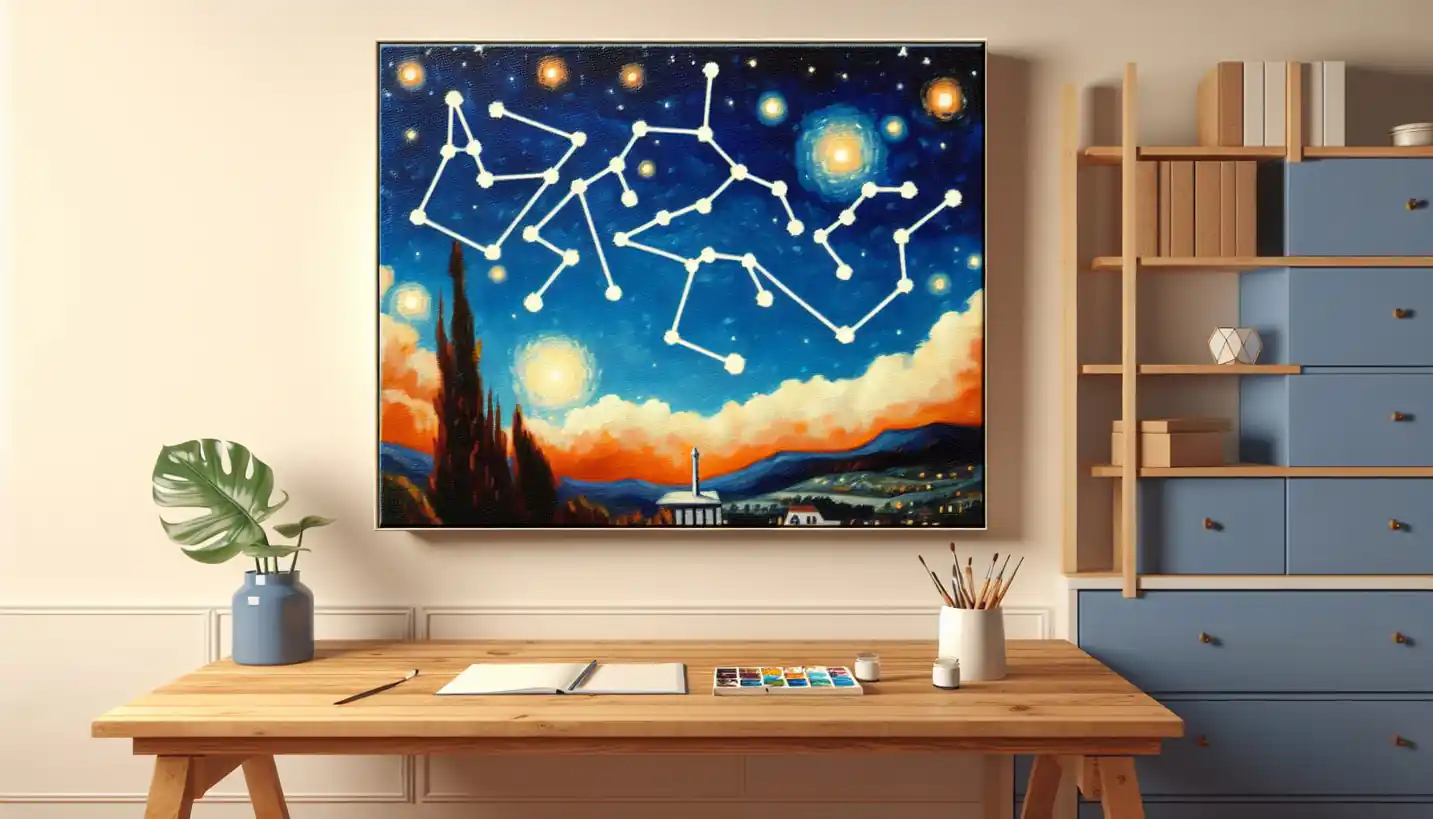· Art · 4 min read
State Proof Explained: A Deep Dive into the Art of Printmaking
State proofs offer a deeper understanding of printmaking as artists perfect their final masterpieces.

Stepping into the world of printmaking is like uncovering layers of history preserved in ink. One fascinating concept within this realm is the “state proof.” Let’s unravel what a state proof is and its significance in the art of printmaking.
Printmaking, where art meets craftsmanship, is an age-old form of creating images, typically by transferring ink from a master form to another surface such as paper. Within this craft, there are unique practices, and state proof is one of them.
The term “state” in printmaking refers to a specific phase in the development of a print. Artists often create several versions of a print, making changes to the master form or plate as they refine their vision. Each version or phase is a “state,” and a “state proof” is an impression taken from the plate at a particular state. These proofs are essential for artists, allowing them to document and refine their creative process.
Understanding the Role of State Proofs in Printmaking
Imagine you’re baking a cake. You might taste the batter at different stages to tweak the flavors before you pop it in the oven. Similarly, a state proof gives the printmaker a sense of how the image looks before it’s finalized. It’s like hitting the pause button to evaluate and adjust the masterpiece in progress.
State proofs are crucial because they provide artists with tangible feedback. By examining these proofs, printmakers can assess how changes impact the overall image. They might alter lines, add textures, or adjust contrasts depending on what they see in the proof.
Historical Significance of State Proofs
The practice of creating state proofs extends back centuries. Famous artists like Rembrandt used this technique. He would rework his copper plates meticulously, capturing the progressive changes in his prints through state proofs. Each proof reflected his evolving artistic thinking, capturing a snapshot of his creative journey.
Imagine being able to see an artist’s thoughts unfold visibly on paper. This is what makes state proofs particularly valuable, not just artistically but historically. They allow art historians to study the evolution of an artist’s work over time, providing insights into their methods and intentions.
Practical Example: From Rough Draft to Finished Print
Let’s explore how a state proof might work practically. Consider an artist starting with a simple sketch etched onto a copper plate. The first state proof reflects this initial concept. Looking at it, the artist might notice areas that need more detail or contrast.
In the next state, they might add shading to bring out certain features or remove lines that seemed a bit cluttered. This process might repeat several times, with each state proof showing a clearer picture of the artist’s vision until the final version is perfect.
These iterative changes can be compared to drafts of a novel. Just as an author refines words and structures, a printmaker adjusts visual elements, using each state proof as a valuable critique session.
Why State Proofs Matter Today
In the contemporary art scene, state proofs continue to play a vital role. They provide authenticity and depth to the printmaking process, showing that what reaches the gallery walls isn’t just a spontaneous creation but the result of careful thought and finesse.
Collectors value state proofs for their rarity and the story they tell. Owning a state proof can be like possessing a piece of the artist’s creative process, a testament to the transformation from conception to masterpiece.
The Future of State Proofs in Printmaking
As long as printmaking thrives, state proofs will remain an integral part of the practice. They symbolize an artist’s journey — a dialogue between idea and execution. New technologies might alter how these processes occur, but the essence — capturing the evolution of artistic intent — will stay the same.
In educational settings, understanding state proofs offers budding printmakers a glimpse into the disciplined yet creative nature of art. They learn to see the value in revision and the beauty in gradual improvement, echoing a universal truth applicable beyond printmaking.
Embracing the Art of Process
The concept of state proofs transcends mere printmaking. It’s a reminder of the artistic process itself — layered, iterative, and wonderfully flawed. Whether you’re an artist or an admirer, understanding state proofs is like peeling back the layers of an artwork, revealing the heart of creative exploration.
So, when you next see a print, consider the journey it undertook to reach you. The state proofs left a trail — signposts of an artist’s thoughts, trials, and triumphs. It’s a dance between creation and revision, leaving us, the admirers, to witness and appreciate the dance steps of artistic creation.


